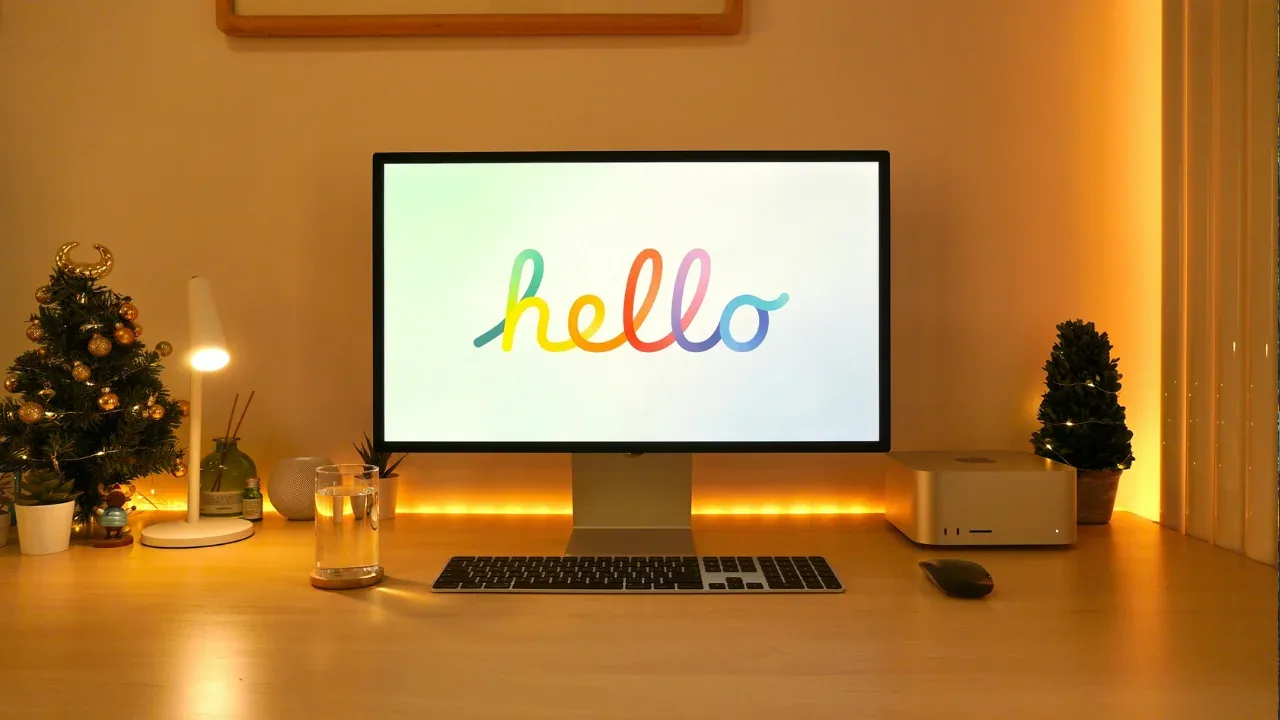Display / print all rows of a tibble (tbl_df)

How to Display/Print All Rows of a Tibble (tbl_df)
If you've been working with data frames in R and came across the tibble (previously tbl_df) data frame created by the dplyr package, you might have encountered a small challenge when trying to display all rows. By default, tibble only shows a limited number of rows to prevent excessively long outputs. But fear not! We have some easy solutions to help you view the entire data frame.
The Problem:
Let's say you've wrapped a data frame in tibble, and now you want to see all the rows and columns of the data frame. If you try using the indexing method df[1:100,], it works fine, showing you the first 100 rows. However, if you attempt to display more rows like df[1:101,], you'll notice that only the first 10 rows are displayed. This can be quite frustrating when you want to quickly scroll through all your data.
Solution 1: dplyr's glimpse() Function
One simple solution is to use the glimpse() function from the dplyr package. This function provides a concise summary of your data frame, displaying all columns along with a preview of the data. To use it, follow these steps:
Make sure you have the
dplyrpackage installed. If not, you can install it by runninginstall.packages("dplyr").Load the
dplyrpackage into your R session usinglibrary(dplyr).Pass your
tibbledata frame to theglimpse()function:glimpse(df).This will display a summary of your data frame, including all column names and a preview of the data.
Here's an example:
# Step 1: Install and load the dplyr package
install.packages("dplyr")
library(dplyr)
# Step 2: Use glimpse() to display the entire tibble
glimpse(df)The glimpse() function is a handy tool for quickly inspecting the structure of your data frame, displaying the first 10 rows of each column by default. This gives you a glimpse into the data without overwhelming you with too much information.
Solution 2: Convert tibble Back to a Regular Data Frame
If you're more comfortable working with regular data frames and want to view all the rows without any limitations, you can convert your tibble back to a standard data frame. Fortunately, this conversion is straightforward using the as.data.frame() function.
Follow these steps to convert your tibble to a regular data frame:
Pass your
tibbledata frame to theas.data.frame()function:df <- as.data.frame(df).Now, when you print
df, you'll get the entire data frame, including all rows and columns.
Here's an example:
# Convert the tibble back to a data frame
df <- as.data.frame(df)
# Print the entire data frame
print(df)By converting your tibble to a regular data frame, you'll regain the ability to display and print all rows without any limitations.
Call-to-Action: Engage with Us!
We hope these solutions have helped you overcome the challenge of displaying and printing all rows of a tibble. If you found this blog post helpful, we invite you to explore more of our tech content on our website. Feel free to leave a comment, share your thoughts, or even suggest other tricky problems you'd like us to tackle. Together, let's make data manipulation in R a breeze! 😄📊
Note: This blog post assumes you have a basic understanding of R and its packages, particularly dplyr. If you're new to R, we recommend familiarizing yourself with the basics before diving into more advanced concepts.
Take Your Tech Career to the Next Level
Our application tracking tool helps you manage your job search effectively. Stay organized, track your progress, and land your dream tech job faster.



